-79%
PET Imaging in Brain Tumor Assessment: A Deep Dive into Clinical Applications
PET (Positron Emission Tomography) imaging has emerged as a valuable tool in the clinical assessment of brain tumors. This advanced imaging technique allows for the non-invasive visualization and quantification of metabolic processes within the brain.
Neuro-Oncological Perspectives
Neuro-oncologists, who specialize in the diagnosis and treatment of brain tumors, rely on PET imaging for a variety of purposes. These include:
- Assessing tumor grade and extent: PET can differentiate between high-grade and low-grade tumors, as well as determine the size and location of the tumor mass.
- Monitoring treatment response: PET can help monitor the effectiveness of treatment by evaluating changes in tumor metabolism.
- Guiding surgery and radiation therapy: PET imaging can provide precise information about the tumor’s boundaries, which can assist surgeons in maximizing tumor removal and reduce the risk of damage to healthy brain tissue.
- Evaluating prognosis: PET findings can provide insights into the patient’s prognosis and guide further treatment decisions.
PET Tracers for Brain Tumors
The effectiveness of PET imaging relies heavily on the use of radiolabeled tracers, which are molecules that target specific metabolic pathways. Modern tracers for brain tumors include:
- FDG (fluorodeoxyglucose): A glucose analog that measures tumor metabolism.
- FLT (fluorothymidine): A thymidine analog that assesses cell proliferation.
- FES (fluoroethylspiperone): A dopamine transporter ligand that evaluates dopamine activity.
- FET (fluoroethyltyrosine): An amino acid analog that reflects protein synthesis.
Evolving Role of PET-MRI
PET imaging has been traditionally used in conjunction with computed tomography (CT), but the advent of PET-MRI systems has introduced new possibilities. PET-MRI combines the metabolic information from PET with the anatomical detail from MRI, providing a more comprehensive view of brain tumors.
Parametric Mapping and Response Evaluation
Parametric mapping is a technique that involves creating quantitative images from PET data. By extracting parameters such as standardized uptake values (SUVs), researchers can more objectively evaluate tumor response to treatment. These parameters can be combined with MRI-based response evaluation criteria to provide a more comprehensive assessment.
Early and Delayed PET Imaging
PET imaging can be performed at different time points after tracer injection. Early PET (typically within an hour of injection) provides information about tumor metabolism, while delayed PET (several hours later) can assess tumor clearance and retention. Novel quantitative techniques, such as kinetic modeling and compartment analysis, can extract additional information from early and delayed PET data.
Hybrid Imaging in Pediatric Patients
PET imaging plays a significant role in the diagnosis and management of brain tumors in children. Hybrid imaging techniques, such as PET-CT and PET-MRI, are particularly valuable in this population due to their ability to provide both functional and anatomical information.
maybe you like these too:
- PET Imaging of the Head and Neck, An Issue of PET Clinics (The Clinics: Radiology) (Original PDF from Publisher)
- PET Imaging of Lymphoma, An Issue of PET Clinics (The Clinics: Radiology) (Original PDF from Publisher)
- PET Imaging of Infection and Inflammation, An Issue of PET Clinics (The Clinics: Radiology) (Original PDF from Publisher)
- UCSF Neuro and Musculoskeletal Imaging 2014 (Videos)

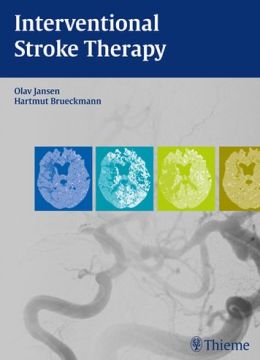
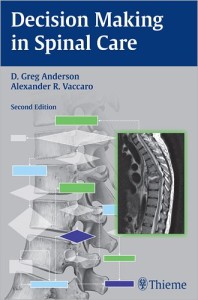
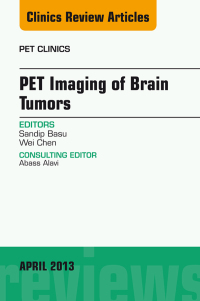
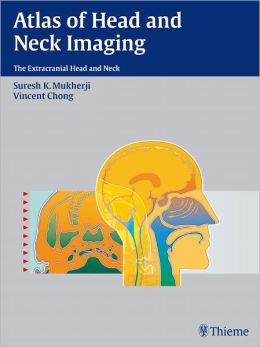
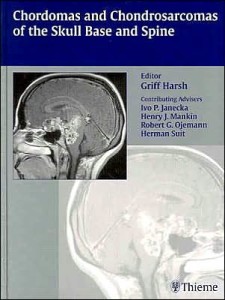

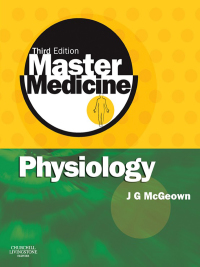

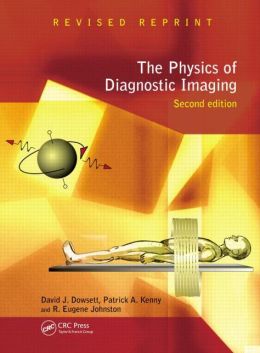
Reviews
Clear filtersThere are no reviews yet.